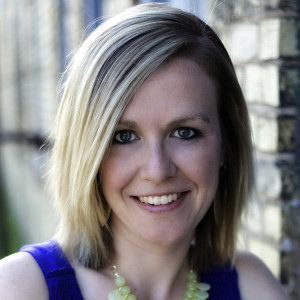In the summer of 2000 when I was a fresh-faced intern for Harp Column, one of my first assignments was to interview the teacher at a fairly new public school harp program in East Orange, N.J. I drove up the New Jersey Turnpike from Philadelphia to the Cicely Tyson School for Performing and Fine Arts where I met the program’s dynamic director, Robbin Gordon-Cartier. Today Gordon-Cartier and her students at Cicely Tyson are household names in the harp world, but back then the fledgling program was just beginning to take off. It was easy to see why. Gordon-Cartier’s energetic, positive, no-nonsense approach to teaching made her magnetic. Her “kids,” as she affectionately called her students, flocked to her harp class because of the musical community Gordon-Cartier had created.
The answers to the why questions aren’t the obvious motivating factors you might think…
In the years since, I’ve had the opportunity to interview several more teachers of public school harp programs, and each time I have been deeply impressed by their commitment to developing young harpists. While harp programs like those at Detroit’s renowned Cass Technical High School and the Mesa (Ariz.) Public Schools have been around for generations, a number of exciting public school harp programs have come into their own in the last 20 years.
We asked writer Kela Walton to take a look at six such programs for “Going Public” on page 24. This is by no means a comprehensive look at all programs out there, and it doesn’t include any of the terrific programs that bring private harp lessons into schools or provide after-school harp instruction for students. Instead, we take a deep dive into six case studies of dedicated harp classes that are part of the daily curriculum in schools across the country to find out what they do, how they do it, and why it’s important to the larger harp community.
You can pore over the details in the article for hours—from how each program funds its instruments to student enrollment to how their class time is structured. What I really love about the article is the why—Why do these teachers do it? Why do the schools pony up the money to fund these harp programs? Why do the students sign up in droves to take a harp class? Why does any of this matter?
The answers to the “why” questions aren’t the obvious motivating factors you might assume, like “to get college scholarships” or “to churn out professional harpists” or “to accumulate a long list of esteemed alumni” (though these programs do boast an impressive list of graduates—see page 27). The answers to the “why” were all about connection—the connection students make with music, with life skills, with something bigger than themselves, with each other, and, perhaps most importantly, the connection students make with themselves through the harp.
It goes back to something Gordon-Cartier said in our 2000 interview that has stuck with me for nearly two decades. She said the harp gave her students a place to be themselves, and that was why she felt her program was so important for her kids.
Just before this issue went to press, we received word that beloved harp teacher Mary Bartlett had passed away at age 103. She was a legendary teacher in the Detroit area who instilled a love of music in scores of students over the last half of the 20th century. It wasn’t until I read the moving tribute from her daughter, harpist Jacquelyn Bartlett, (see “Remembering Mary Bartlett on page 9) that I realized Mary had started playing the harp none other than the public school harp program at Cass Tech in Detroit. She understood the “why” as well as anyone. Her advice to others: “The most important thing in life is to find something you love to do, especially if it enhances or touches another life. Everything else will fall into place.”
That’s a “why” we can all get behind. •







